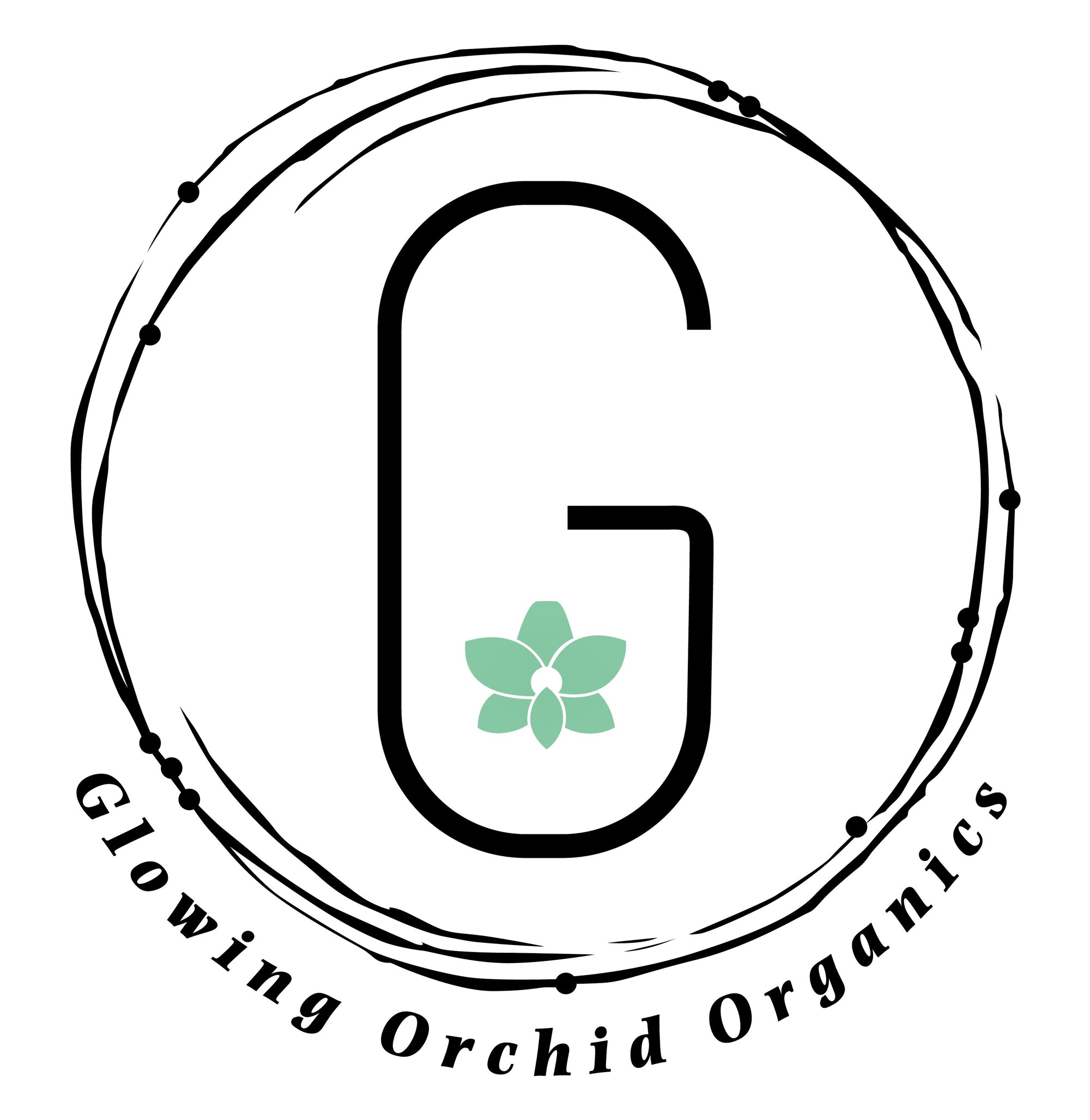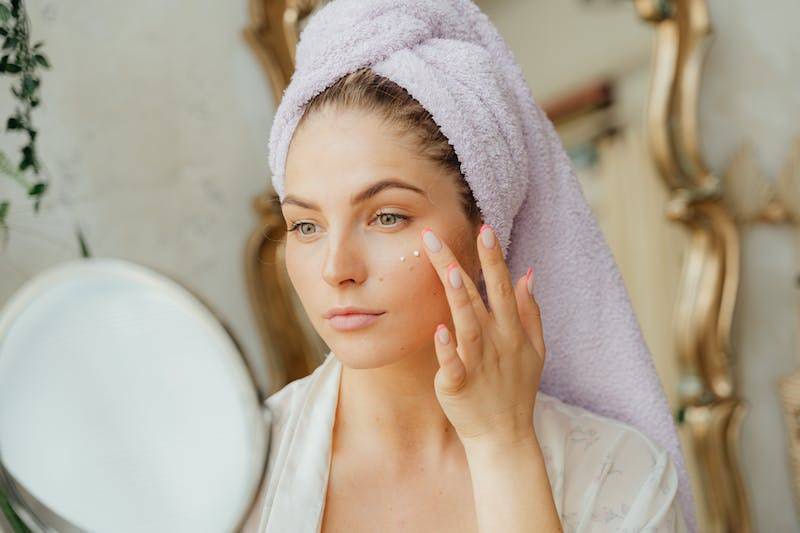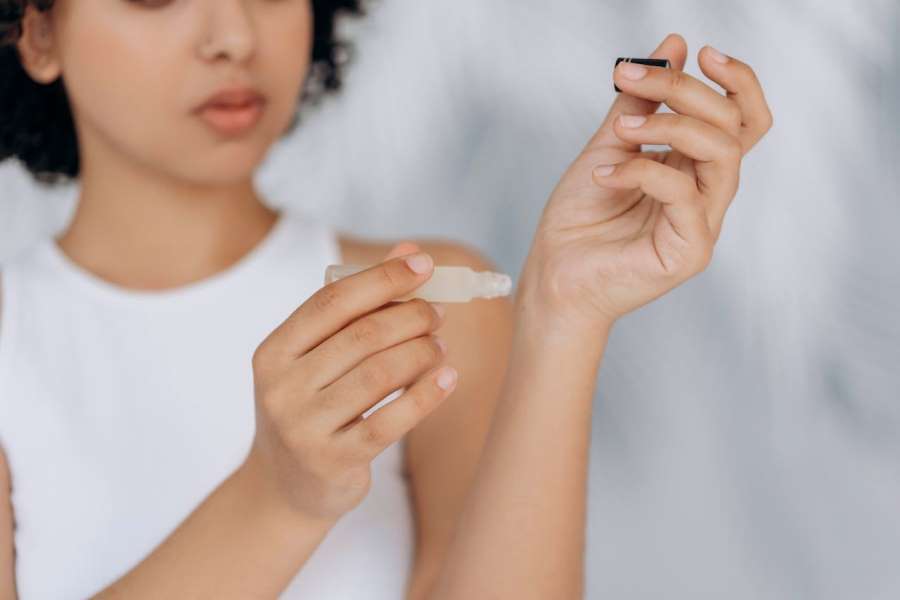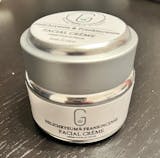Chemicals can be scary. It’s completely understandable for a health-conscious person like you and me to be wary of cosmetic ingredients like phthalates, parabens, and phenols. They’re known to bring a host of side effects such as skin irritation, hormonal disruption, even the risk of cancer!
Now how do you feel about the word “niacinamide”? It may sound like another suspicious lab-made chemical, but quite the opposite – it’s a name for the naturally occurring vitamin B3! As I learned in Glowing Orchid’s early days, niacinamide is a fantastic ingredient for smooth, supple skin.
How does this vitamin work, and how do you make it work for your skin? Let’s first take a minute to talk about “cosmeceuticals,” which allow us to reap the benefits of B-vitamins for our skin. Don’t worry, it’s not nerve-racking like high school Chemistry! Learning about cosmeceuticals can honestly be life-changing, plus I have tips for you further below on using vitamin B3 for beautiful skin.







